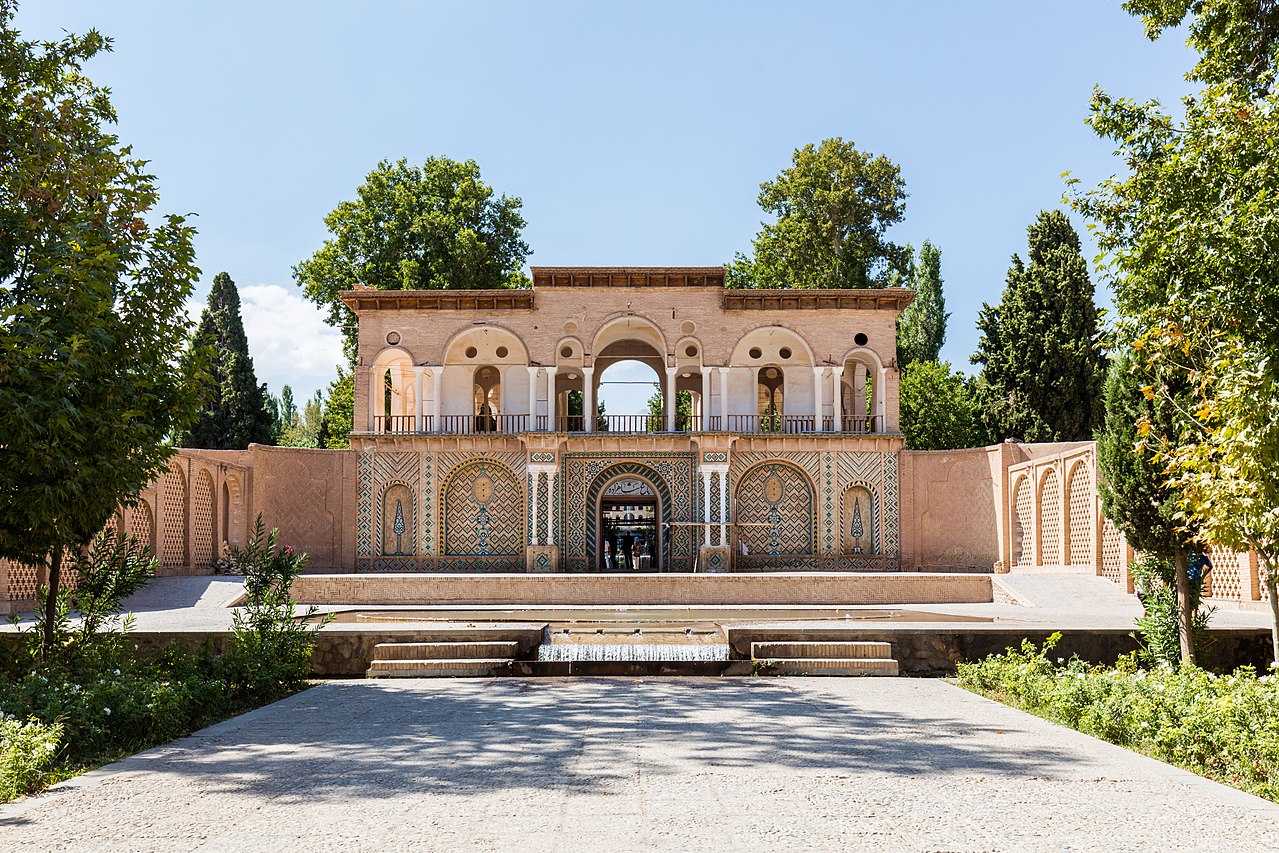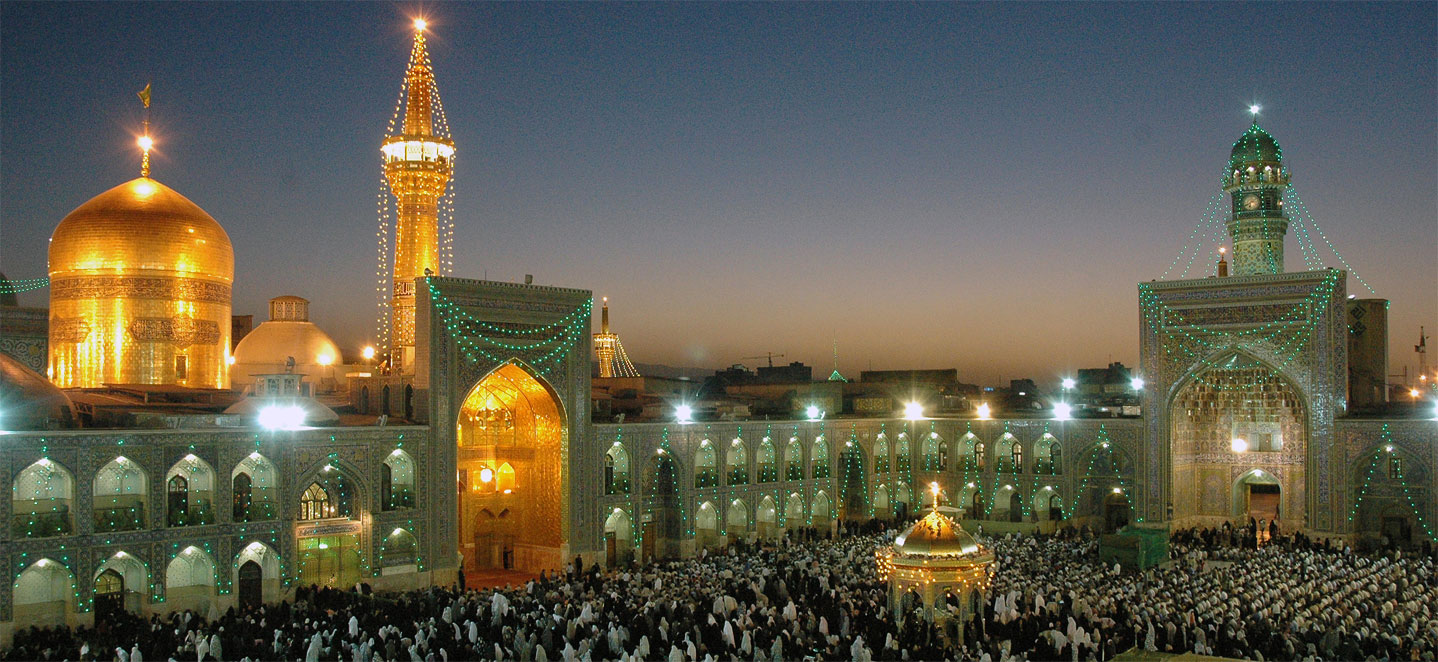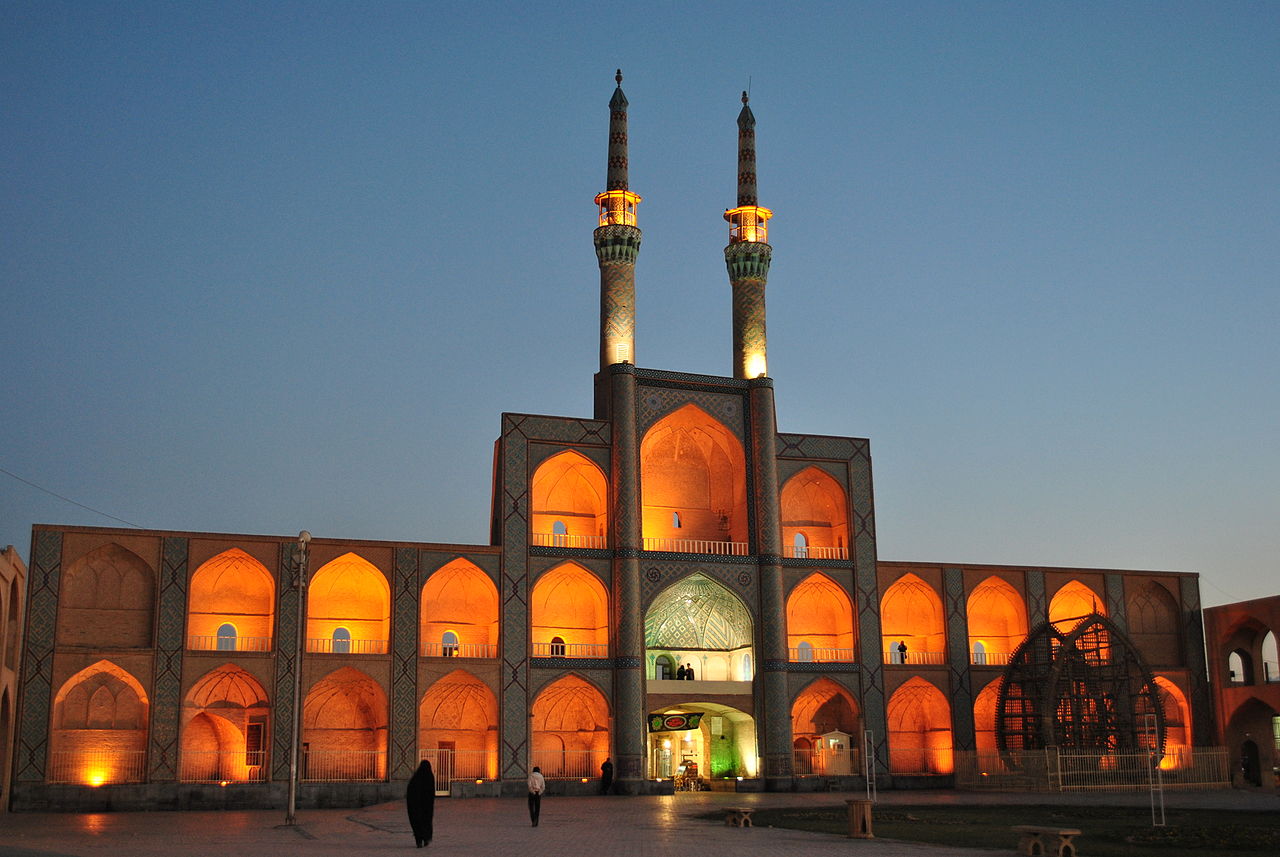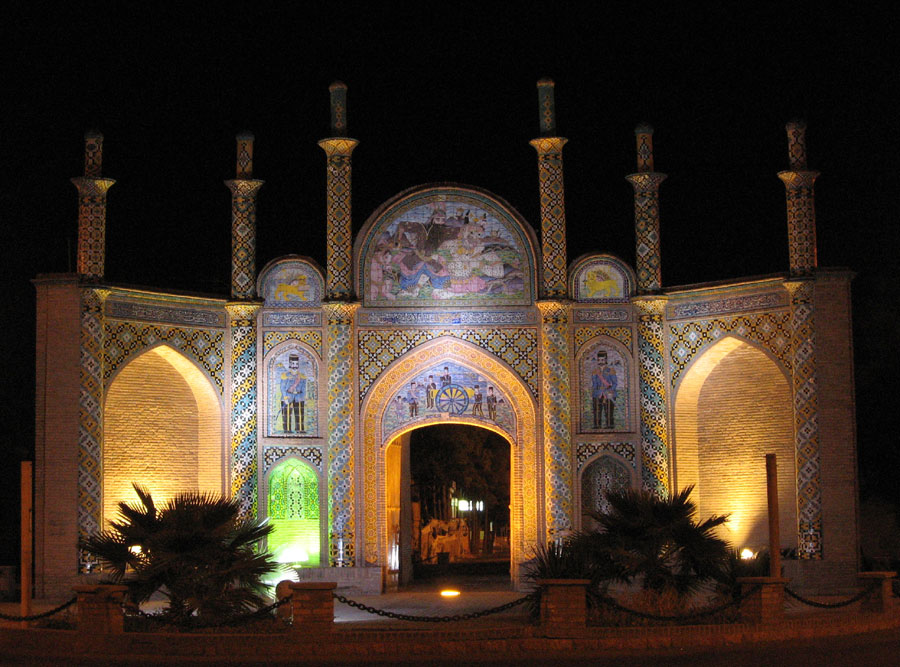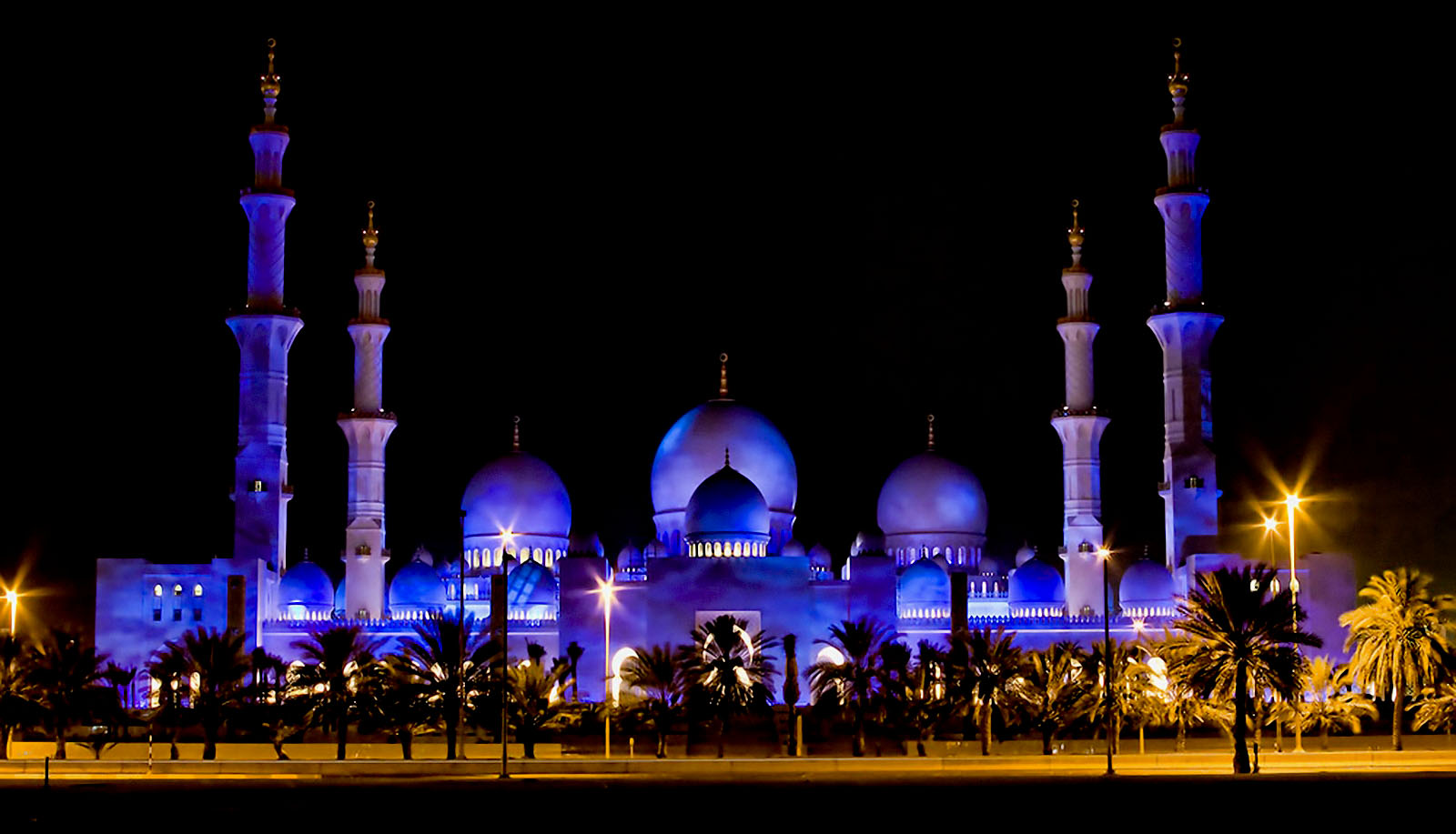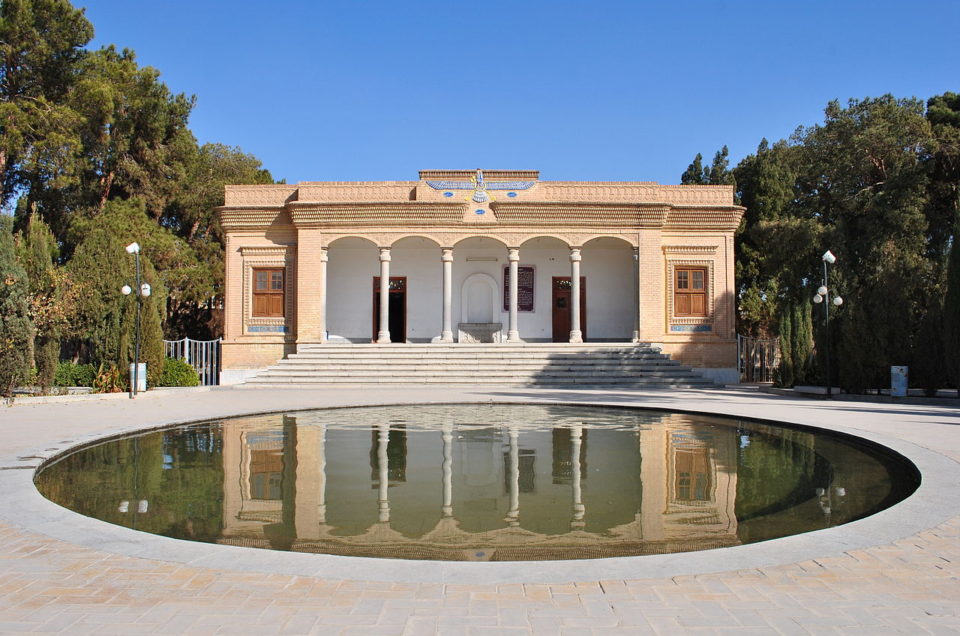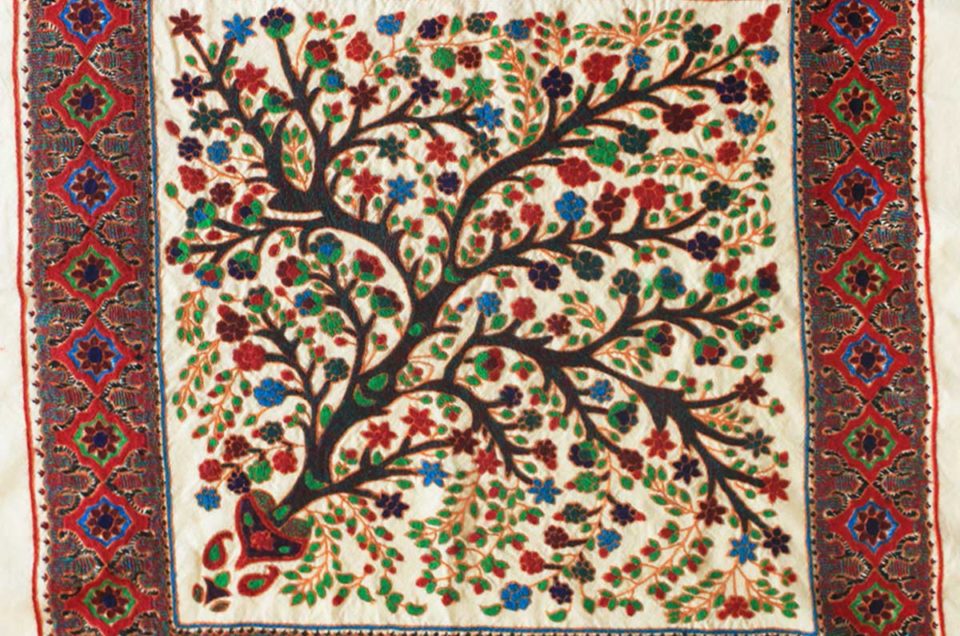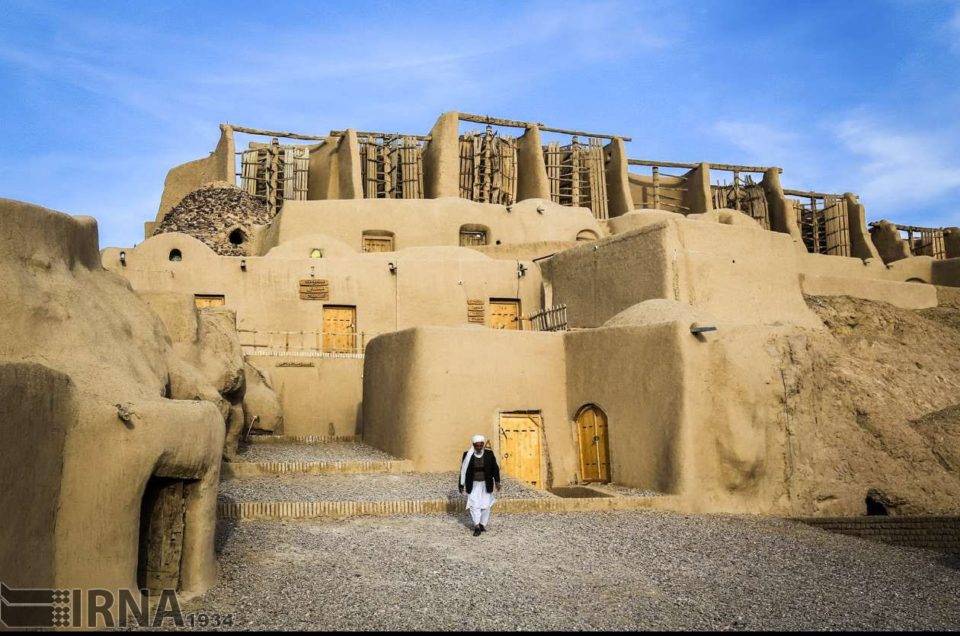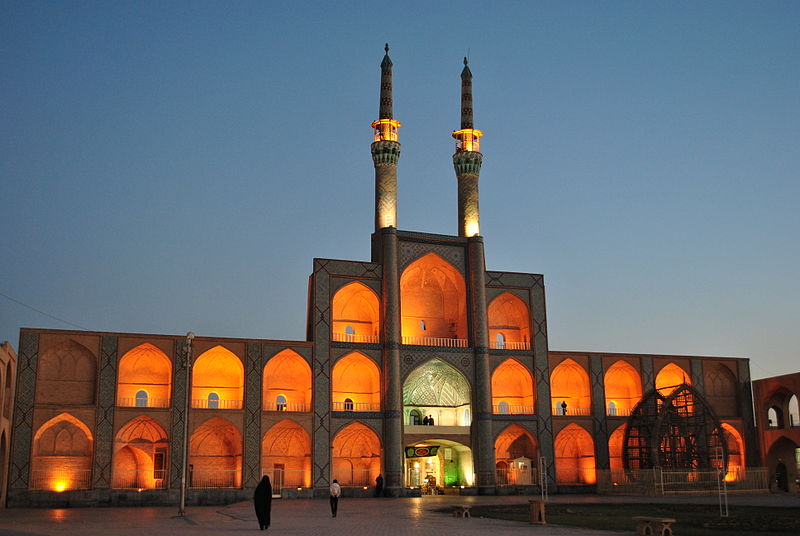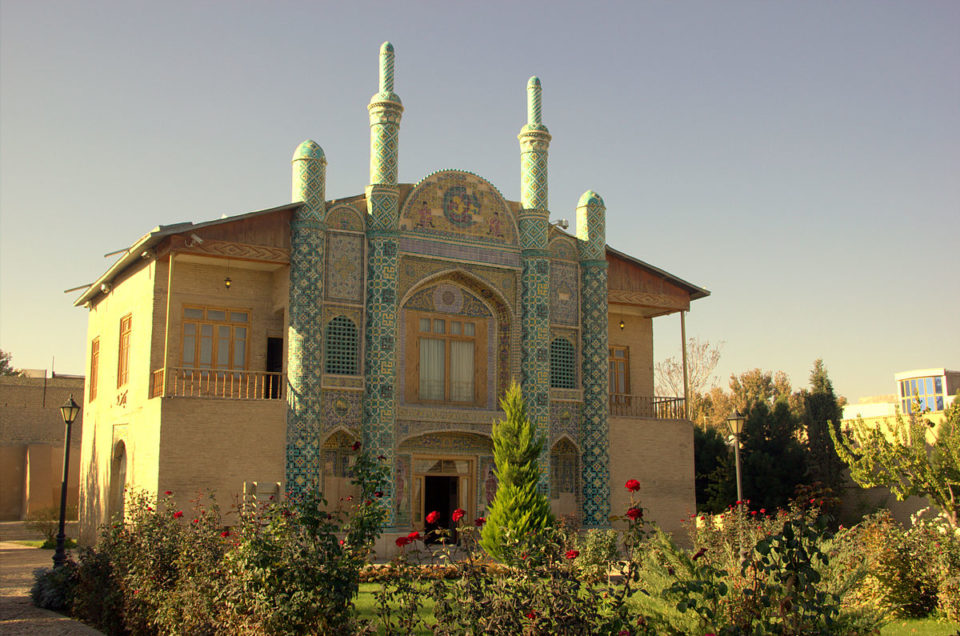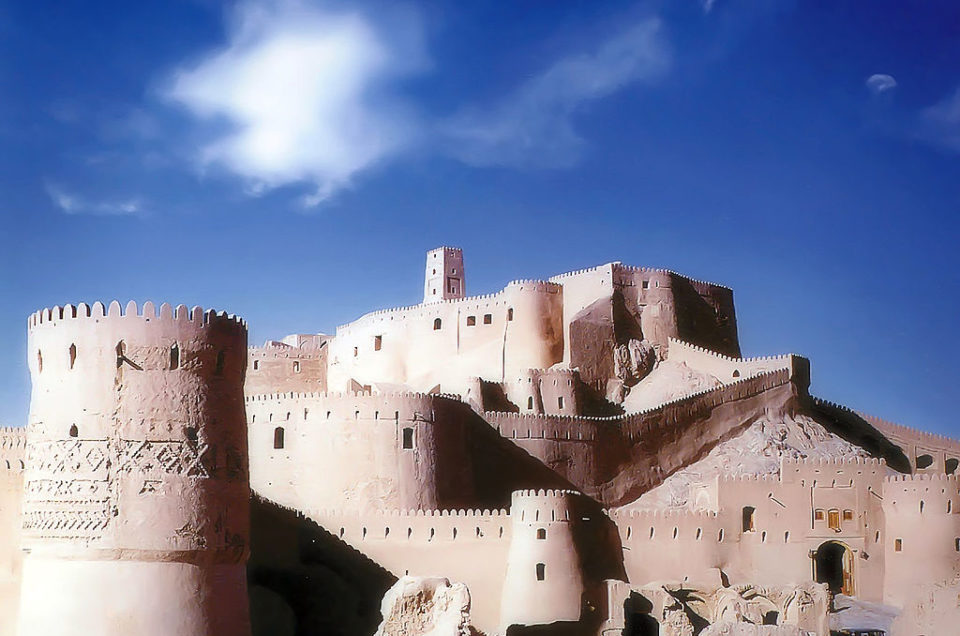Eastern Provinces
Kerman
Kerman Province
Kerman Province (Persian: استان کرمان, Ostān-e Kermān) is the largest province of the 31 provinces of Iran. Kerman is in the southeast of Iran with its administrative center in the city of Kerman. In 2014 it was placed in Region 5. Mentioned in ancient times as the Achaemenid satrapy of Carmania, it is the first-largest province of Iran with an area of 183,285 km2 (70,767 sq mi), that encompasses nearly 11 percent of the land area of Iran. The population of the province is about 3 million (9th in the country).
History and Cultural
Kerman province is considered a paradise for paleontologists because of an abundance of vertebrate fossils from different geological eras. Fossils include Placodermi, jawed and jawless armored fish dating back to the Devonian period (395 to 365 million years ago), dinosaurs (195 to 66 million years ago), and mammals from the Tertiary period (ranging from two to seventy million years ago).
The history of human settlements in the territory of Kerman dates back to the 4th millennium BC. This area is considered as one of the ancient regions of Iran and valuable historical vestiges have been discovered here. Jiroft is an example, where a previously unknown settlement dating back to around 2500 BC has been established by archaeologists. Kerman has an abundance of historical sites and landmarks, 283 in total, according to Iran’s Cultural Heritage Organization. Ancient abandoned citadels such as Arg-e Bam and Rayen Castle have been preserved in the desert for 2,000 years.
Historical documents refer to Kerman as “Karmania” (in Ancient Greek Καρμανία), “Kermania”, “Germania”, “Carmonia”, and “Žermanya”, which means bravery and combat. Geographers have recorded Kerman’s ancient name as “Go’asheer” (Bardesheer).
Counties
The counties of Kerman province are Baft County, Bardsir County, Bam County, Jiroft County, Rafsanjan County, Zarand County, Sirjan County, Shahr-e-Babak County, Kerman County, Kahnuj County, Qaleh Ganj County, Manujan County, Rudbar-e Jonubi County, Anbarabad County, Rabor County, Rigan County, Arzuiyeh County, Fahraj County, Faryab County, and Ravar County.
Reference:
https://en.wikipedia.org/wiki/Kerman_Province
https://wallpaperstudio10.com/wallpaper-life-70737.html
Khorasan
Great Khorasan
Khorasan (Middle Persian: Xwarāsān; Persian: خراسان Xorāsān, Persian pronunciation:), sometimes called Greater Khorasan, is a historical region lying in the northeast of Greater Persia, including part of Central Asia and Afghanistan. The name simply means “East, Orient” (literally “sunrise”) and loosely includes the territory of the Sasanian Empire north-east of Persia proper. Early Islamic usage often regarded everywhere east of so-called Jibal or what was subsequently termed ‘Iraq Ajami’ (Persian Iraq), as being included in a vast and loosely-defined region of Khorasan, which might even extend to the Indus Valley and Sindh. During the Islamic period, Khorasan along with Persian Iraq were two important territories. The boundary between these two was the region surrounding the cities of Gurgan and Qumis (modern Damghan). In particular, the Ghaznavids, Seljuqs, and Timurids divided their empires into Iraqi and Khorasani regions.
Resources:
https://en.wikipedia.org/wiki/Greater_Khorasan
https://fa.wikipedia.org/wiki/%D9%85%D8%B4%D9%87%D8%AF
Yazd
Yazd
Yazd (یزد, About this sound/jæzd/ (help·info)), formerly also known as Yezd, is the capital of Yazd Province, Iran. The city is located 270 km (170 mi) southeast of Esfahan. At the 2011 census, the population was 529,673, and it is currently the 15th largest city in Iran. Since 2017, the historical city of Yazd is recognized as a World Heritage Site by UNESCO.
Because of generations of adaptations to its desert surroundings, Yazd has unique Persian architecture. It is nicknamed the “City of Windcatchers” (شهر بادگیرها Shahr-e Badgirha) from its many examples. It is also very well known for its Zoroastrian fire temples, ab anbars (cisterns), qanats (underground channels), yakhchals (coolers), Persian handicrafts, handwoven cloth (Persian termeh), silk weaving, Persian Cotton Candy, and its time-honored confectioneries. Yazd is also known as the City of Bicycles, because of its old history of bike riders, and the highest amount of bicycle per capita in Iran. It is reported that bicycle culture is entered and developed from Yazd, in contact with the European visitors and tourists in the last century.
Resources:
https://en.wikipedia.org/wiki/Yazd
Semnan
Semnan Province (Persian: استان سمنان, Ostān-e Semnān ) is one of the 31 provinces of Iran. It is in the north of the country, and its center is Semnan. The province of Semnan covers an area of 96,816 square kilometers and stretches along with the Alborz mountain range and borders to Dasht-e Kavir desert in its southern parts.
The province was put as part of Region 1 upon the division of the provinces into 5 regions solely for coordination and development purposes on June 22, 2014.
Counties of the province include Semnan County, Aradan County, Damghan County, Shahrud County, Mehdishahr County, Meyami County, Sorkheh County& Garmsar County. In 1996, the province had a population of about 501,000 (631,218 in 2011 ), and in 2005 Semnan city (the capital of the province) had a population of 119,778, and the city of Shahrud, which accounts for being the largest city of this province, had a population of 231,831.
Resource:
https://en.wikipedia.org/wiki/Semnan_Province#
Sistan o Baluchestan
Sistan and Baluchestan
Sistan and Baluchestan Province (Balochi: Sistàn o Balòčestàn; Persian: استان سيستان و بلوچستان, Ostān-e Sīstān-o Balūchestān), after Kerman Province, is the second largest province of the 31 provinces of Iran. It is in the southeast of the country, bordering Pakistan and Afghanistan and its capital is Zahedan.
The province is the second largest province in Iran with an area of 180,726 km² and a population of 2.5 million. The counties of the province are Chabahar County, Qasr-e Qand County, Dalgan County, Hirmand County, Iranshahr County, Khash County, Konarak County, Nik Shahr County, Saravan County, Sarbaz County, Sib and Suran County, Zabol County, Mehrestan County, Zahedan County, Zehak County, Hamun County, Nimruz County, Bampur County, Mirjaveh County & Fanuj County.
Resource:
https://en.wikipedia.org/wiki/Sistan_and_Baluchestan_Province
http://unisci24.com/290998.html
The Yazd Atash Behram (Persian: یزد آتش بهرام), also known as Atashkadeh-e…
Pateh (Persian: پته, IPA: pæte; also Romanized as pateh) is an Iranian…
Nashtifan’s Windmill Made of natural clay, straw, and wood, the windmills have…
The Amir Chakhmaq Complex (Persian: مجموعه مید ان امیرچقمامیدان…
Bojnord (Persian: بجنورد) (also spelled Bojnūrd, Bujnūrd, Bojnoord, Bojnord…
The Arg-e Bam (Persian: ارگ بم) is the largest adobe building in the world,…
About US:
Must Discover Iran is a community for introducing Iran and its cultural, natural, traditional, and geographical attractions to those who are interested to visit a wonderful destination.
Find Us:
Contact Info
mustdiscoveriran@gmail.com


